PART V. Planchet Errors:
Wrong Planchet:
Domestic Coin Struck on Foreign Planchet
Definition: A coin that is struck with domestic dies but on a planchet intended for foreign use.
In 1940, the U.S. Mint struck bronze 1¼ centesimos and copper-nickel 2½ centesimos for Panama. This 1941 -P Lincoln cent was struck on a 3.1 gram bronze Panama 1¼ centesimos.
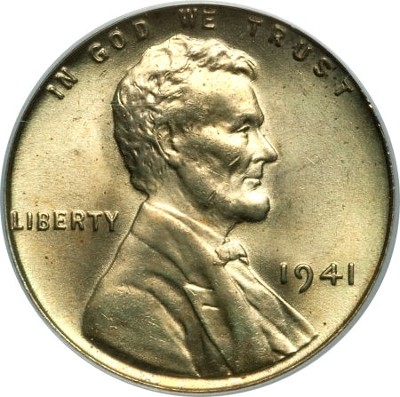
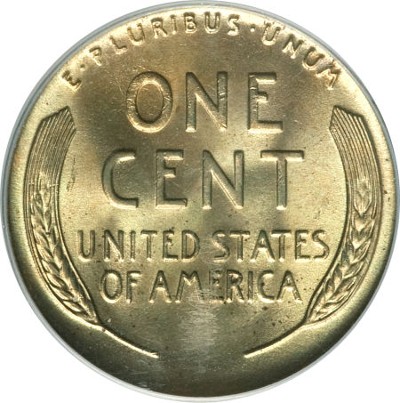
Images are courtesy of Heritage Auctions.
This 1920-P Lincoln Cent was broadstruck on an Argentina 10 centavos planchet weighing 3.1 grams. The U.S. Mint struck copper-nickel 10 centavos pieces for Argentina in 1920. One of the planchets passed through the upset mill, then found its way between Lincoln cent dies. The uncentered broadstrike is a second and probably unrelated mint error .
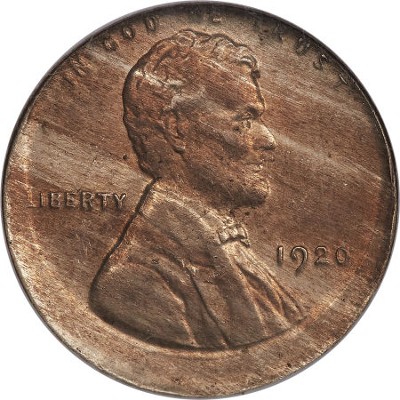
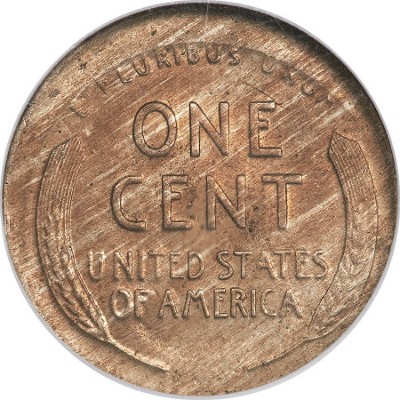
Images courtesy of Heritage Auctions.
This 1905 Barber dime is struck on a possible Panama or Philippines five centavos planchet weighing 1 gram. The normal weight for a Barber dime is 2.5 grams.
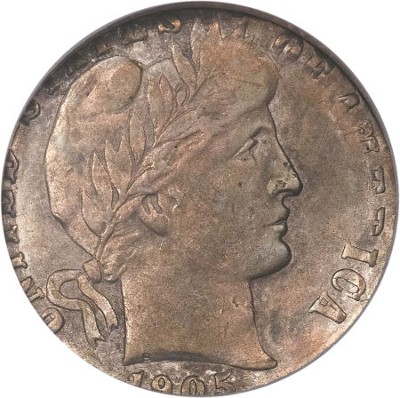
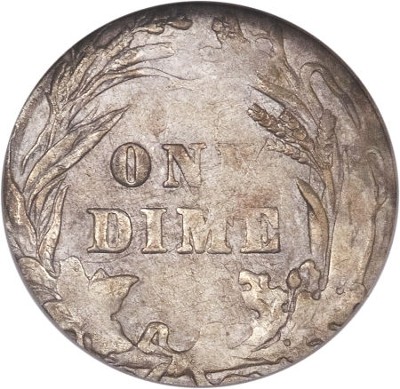
Images courtesy of Heritage Auctions.
This 2000-P Sacagawea dollar error was struck on copper-nickel ring intended for a Ghana 100 Cedis. The 100 Cedis is a bimetallic coin with a brass center framed by a copper-nickel outer ring. The ring almost certainly came from the Royal Canadian Mint, mixed in with a shipment of Sacagawea planchets. During periods of peak demand, the RCM processed dollar planchets for the U.S. Mint. The diameter of the ring was close enough to the standards of a Sacagawea dollar to escape the Mint riddlers.
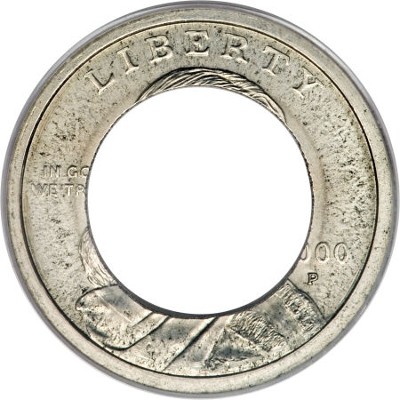
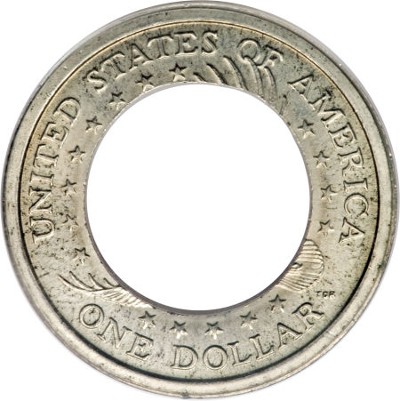
Images are courtesy of Heritage Auctions.